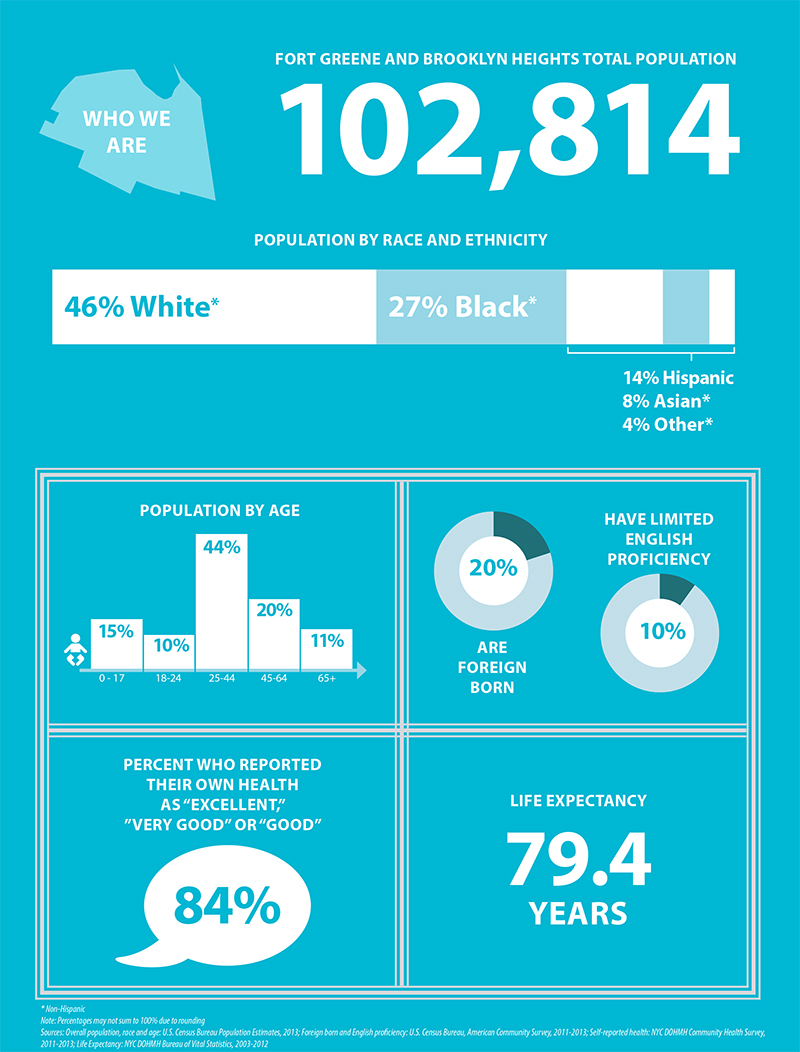DOH profile shows hidden side of health in Brooklyn Heights, Fort Greene
CB2 to review report on Nov. 4

Brooklyn’s Community District 2 is seemingly a young and healthy district. With more than 100,000 residents across seven booming neighborhoods (Boerum Hill, Brooklyn Heights, Clinton Hill, Downtown Brooklyn, DUMBO, Fort Greene and Vinegar Hill), the raw statistics would seem to bode well for local health.
Most residents (80 percent) are native born, most (89 percent) are under the age of 65, and most have college degrees. Residents of Fort Greene and Brooklyn Heights have greater access to health insurance, prenatal care and supermarkets than the city as a whole, and 84 percent rate their health as “excellent,” “very good” or “good.”
But an in-depth look at the district released by the New York City Department of Health earlier this month – part of the citywide Community Health Profiles effort – found that all is not as well as it could be across the district.

Brooklyn Heights
View MoreRead the Brooklyn Height's Press and Cobble Hill News. Find out more about Brooklyn Height's History here.